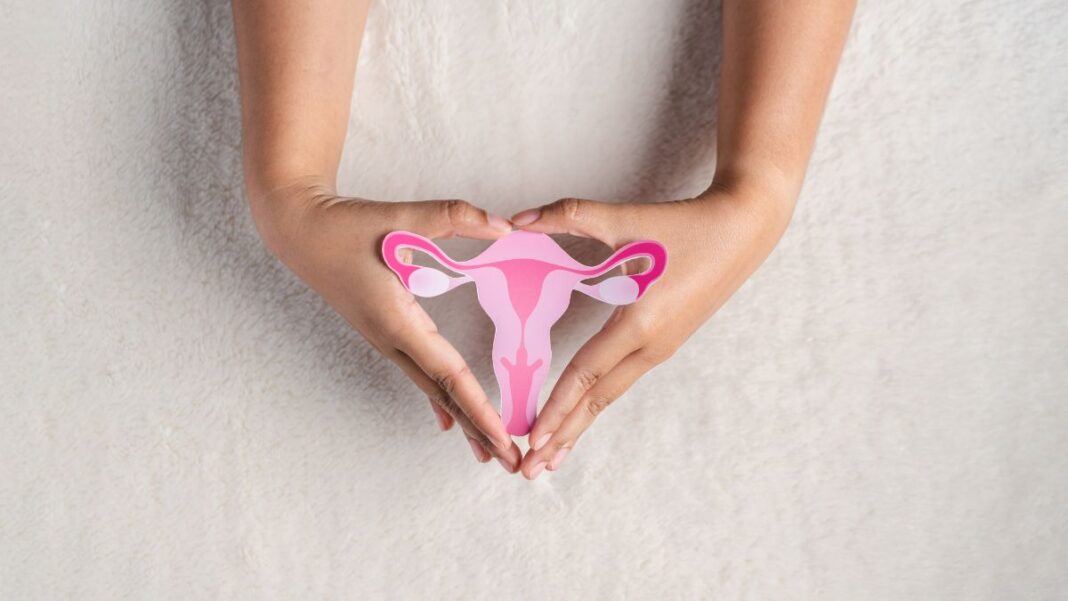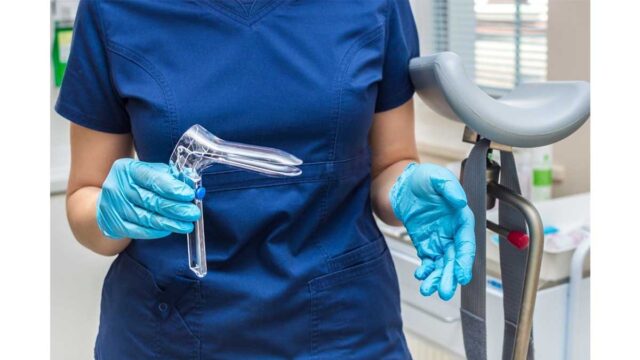Human papillomavirus (HPV) infection is a common virus that can affect any part of your body. There are over 100 variants of HPVs which can affect women and men. HPV causes common skin warts, genital warts, and certain types of cancer, depending on the type.
What is Human Papillomavirus (HPV)?
The most common sexually transmitted infection (STI) is HPV. This infection is transmitted through skin-to-skin contact.
The most common sexually transmitted infection (STI) is HPV. This infection is transmitted through skin-to-skin contact. Some types can cause health problems, including genital warts and cancers. Most human papillomavirus (HPV) infection don’t lead to cancer. But some types of genital HPV is what causes cervical cancer (cancer of the lower part of the uterus that connects to the vagina). Other types of cancers including cancers of the vagina, vulva and the back of the throat (oropharyngeal), have been associated with HPV infection.
5 Facts All Woman Should Know About HPVs
In general, women are more at risk of cervical cancer if they do not treat high-risk HPV during the time of giving birth. Harmless forms of HPV can also cause genital warts in people who are assigned females at birth (AFAB).
These are a few things that women should know about HPV, cancer risks, and the importance of HPV vaccines.
1. Don’t Be Ashamed Of It
Anyone who has had an active sexual life can come in contact with HPVs even if they are strictly monogamous.
Anyone who has had an active sexual life can come in contact with HPVs even if they are strictly monogamous. A person with the infection may also develop symptoms years after having sex with them. Talk about it and spread awareness rather than building stigmas in society.
2. Only Specific Types Of HPV May Cause Cervical Cancer
Though there are more than 100 types of HPV, only a handful of them are linked to cervical cancer.
Though there are more than 100 types of HPV, only a handful of them are linked to cervical cancer. The cancer is caused by high-grade lesions (abnormal cervical cells) if cancerous symptoms are left untreated. If you have a strong immune system, it takes about 10 to 15 years for cervical cancer to develop from a high-grade lesion. P.S.: Not all high-grade lesions develop into cancer.
3. HPV Infrequently Becomes Cervical Cancer
HPV does cause cervical cancer, but the risk of developing it from the virus is insignificant.
HPV does cause cervical cancer, but the risk of developing it from the virus is insignificant. For 90% of women with HPV, the condition clears up on its own within two years. Only a handful of women have one of the high-grade HPV strains that cause cervical cancer, which will develop into the disease.
4. HPV Causes Neck & Head Cancers Too
There is currently no way to screen for it, making it all the more important that parents get their children — including boys — vaccinated.
One of the peculiar and lesser-known dangers of HPV entails the risk of head and neck cancer, with HPV spreading to the throat via oral sex. There is currently no way to screen for it, making it all the more important that parents get their children — including boys — vaccinated.
5. Vaccines Save Lives
‘Prevention is better than cure’ is the phase to be followed here. The HPV vaccine has overwhelmingly been proven safe and can prevent devastating cancers linked with HPV.
How Does HPV Cause Cervical Cancer?
However, there is no way to know who will develop cancer or other health problems from HPV. The development of cancer can take years, or even decades after a person contracts HPV.
Understanding what causes cervical cancer is crucial. However, there is no way to know who will develop cancer or other health problems from HPV. The development of cancer can take years, or even decades after a person contracts HPV. Different types of HPV cause genital warts and cancers.
Low-risk HPV rarely turns into cancer but can cause symptoms like genital warts, around the genitals and anus. In contrast, high-risk HPV may not be present with any symptoms. However, without treatment, it can cause several cancers, including the following:
- Cervical
- Vaginal
- Vulvar
- Oropharyngeal
- Anal
To determine whether cancer is present or at risk, a microscopic examination and laboratory tests are required.
4 HPV Symptoms In Women You Should Be Aware Of
In most cases, our body’s immune system defeats an HPV infection before it creates an HPV wart. When warts surface, they vary in appearance depending on which kind of HPV wart is involved:
1. Genital Warts
Genital warts symptoms appear as flat lesions, small cauliflower-like bumps or tiny stem-like lumps. In women, genital warts symptoms appear mostly on the vulva but sometimes, they are visible near the anus, on the cervix or in the vagina.
2. Common Warts
Common warts appear as rough, raised nodes which usually occur on the hands and fingers. They are simply unsightly, but they can also be painful or susceptible to injury or bleeding.
3. Plantar Warts
Plantar warts are hard, grainy growths, which might cause discomfort in the heels or balls of your feet.
4. Flat Warts
Flat warts are flat-topped, slightly raised bruises. They can appear anywhere on the body. Women tend to get them on the legs, whereas children get them on the face and men tend to get them on the beard.
5 Screening Tests That May Be Recommended
Routine cervical screening tests for females aged 21 lto 65 years can detect precancerous cells and HPV symptoms.
Following are the three screening tests:
1. HPV Test
The healthcare provider will test cervical cells for DNA or RNA from high-risk HPV types that can cause cervical and other cancers. The newer HPV tests are approved as a primary HPV test — meaning that no Pap test is needed.
2. PAP Test
The healthcare provider will examine cervical cells to check for cancer or precancerous changes. Cervical cancer is almost always caused by high-risk HPV.
3. HPV/Pap Co-Tests
This is a combination of the two tests above.
To detect and treat cervical cancer early, women with cervixes regardless of whether they identify as women, should still be screened regularly for cervical HPV and dysplasia.
Other procedures that can detect abnormal cells likely caused by an HPV infection include:
4. Colposcopy
It’s a procedure where a lighted instrument, referred to as colposcope, enlarges the cervix, making the cells visible. The healthcare provider may remove the cells and have them tested.
5. Visual Inspection With Acetic Acid (VIA)
Healthcare providers use VIA in affected regions without access to the resources needed for regular PAP or HPV tests. With VIA, your health places a vinegar-based solution on your cervix. The solution turns abnormal cells white, so that they’re easier to identify.
3 Possible Treatment Methods For HPV
There is no cure for HPV yet. Doctors can only treat the conditions that HPV causes and remove the cells that appear cancerous or pre-cancerous. HPV treatments can’t rid your body of the virus. However, there are treatments for the health problems that HPV symptoms can cause:
1. Genital Warts
Genital warts treatments include regular medication and routine tests from your healthcare provider. A doctor may even opt for cryosurgery, lasers or electric current as genital warts treatments.
2. Cervical Precancer Treatment
Doctors typically treat precancerous changes in the cervix by loop electrosurgical excision procedure (LEEP), whereby a thin wire loop is used to remove the abnormal tissue.
3. Other HPV-Related Cancers
Cancers caused by HPV are treated with standard cancer therapies, including chemotherapy, radiation therapy, and surgery.
3 Preventive Measures Against HPV
- All pre-teens (including boys and girls) at age 11 or 12 years can take regular vaccination if not earlier. However, children can start taking the vaccine as early as 9, while adults can opt for it up to the age of 26 years.
- If you have an active sexual life, make sure you use condoms, which can reduce the risk of HPV transmission.
- Wear shoes or sandals in public pools and locker rooms to reduce the risk of contracting HPV infections that cause plantar warts.
Although HPV can’t be cured, there are plenty of ways to stay healthy and safe, and most importantly, it can even be prevented!
Open up like never before and participate in conversations about beauty, entrepreneurship, mental health, menstrual & sexual health, and more. Desi women, join our community NOW!



